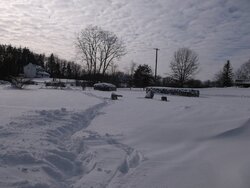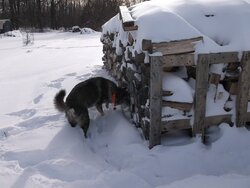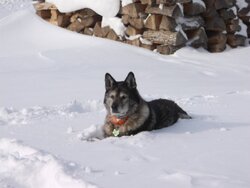Hi everyone,
More newbie questions...I have a VC Montpelier insert and I'm trying to get a sense of operation ( this is my first ever). Watching my fire I mostly have a fire centered on the logs, early on the flame will be above the logs burning the gas. Looking on YouTube I see lots of fires up on top where the air pipes are. In a week and a half I never really see flames up there. I'm burning mostly pine. I've been paranoid about over firing and I'm not having a smoldering fire or much n the way of visible smoke out the chimney. It looks like a nice little fire but nothing like the videos, even the videos of stopped down fire.
I looked up in my liner while installing a block off plate today and it is filthy already, seems way early. So I'm wondering, might I not be burning hot enough? Should I always see some of the flames at the top? Is this something you can give ideas on without seeing?
Also, I have Amir thermometer in the mail. I read that the secondary fire needs almost 1000f to burn. Most stove temp things I see suggest 500-650. I know those are taken at different places. For an insert am I looking that high if I take the temp at the fire?
Thanks for all of the help!
More newbie questions...I have a VC Montpelier insert and I'm trying to get a sense of operation ( this is my first ever). Watching my fire I mostly have a fire centered on the logs, early on the flame will be above the logs burning the gas. Looking on YouTube I see lots of fires up on top where the air pipes are. In a week and a half I never really see flames up there. I'm burning mostly pine. I've been paranoid about over firing and I'm not having a smoldering fire or much n the way of visible smoke out the chimney. It looks like a nice little fire but nothing like the videos, even the videos of stopped down fire.
I looked up in my liner while installing a block off plate today and it is filthy already, seems way early. So I'm wondering, might I not be burning hot enough? Should I always see some of the flames at the top? Is this something you can give ideas on without seeing?
Also, I have Amir thermometer in the mail. I read that the secondary fire needs almost 1000f to burn. Most stove temp things I see suggest 500-650. I know those are taken at different places. For an insert am I looking that high if I take the temp at the fire?
Thanks for all of the help!





